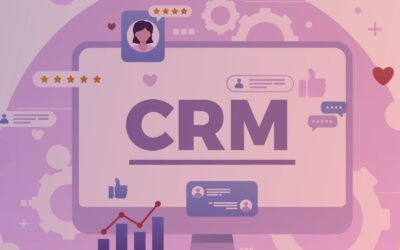Most people think of LinkedIn as being a professional network, geared toward jobs and networking. But savvy fundraisers and development professionals know that LinkedIn can be a useful tool for prospecting and engagement in service of a nonprofit organization’s mission. Read on to glean some tips on how to use LinkedIn for Fundraising.
Build Your Foundation
First rule of thumb: build your foundation! By this, we mean get your company page (separate from your personal profile) up, running, and active. Develop a strategic and consistent social media strategy and publish with regularity — ideally, 2-3x a week.
Share your organization’s impact consistently so it’s easy for a prospect to see how you’re making a difference. That might mean photos and videos of your work in action, profiles about your key beneficiaries, volunteers, and donors; and individual success stories demonstrating your organization’s proof of impact.
Though your posts may not go viral, people will come looking for content on your page when they need information or insight — which has the benefit of building brand awareness and positioning you as a resource. Furthermore, by showing a rich body of activity, it demonstrates that your organization is active, doing things, and worth paying attention to.
Bonus: share posts from the company page on your personal profile, which has the benefit of extending the post’s reach!
Engage, Engage, Engage
Social media is about being social. By that, we mean it’s about being active, responding to what people put out there, and putting out your own content in turn. When you respond to people, it encourages them to continue engaging with you — and increased interaction drives engagement.
The more users who share your posts with their respective networks, the greater your reach becomes. The greater your reach, the easier it becomes to get in front of new users and grow your network in turn. Build in time to engage with business accounts and individual accounts regularly — you never know who is paying attention. When the moment is right, someone unexpected might be willing to step up as a donor, volunteer, or board member.
Research Prospects
When your company page is active and has a decent following, shift to focusing on finding the folks who can bring in dollars, time, or other connections. Perhaps a prospect can host a fundraising event on your behalf or maybe they’re interested in joining your board of directors. These can open the door to new opportunities and connections that do lead to increased monetary donations.
Things to look for include job titles, prior volunteer experience at an organization with a similar focus, interest in similar causes, membership in groups that are related to your industry or work. For example, if you’re looking for someone who oversees a grant program, a relevant title might be “Grant Officer.” If you’re looking for someone who oversees volunteer management within a corporation, “Corporate and Social Responsibility” might be a useful search term to include. If the individual follows your company page, even better!
LinkedIn offers a Sales Navigator tool at a discount for nonprofits to support these efforts. (They also have a robust resource library for nonprofits, which can be viewed here.)
Stay Informed
Because there are often periods where grantmakers and corporations are searching for organizations to support, one of the best ways to find out is by following their company pages. This way, you can learn about upcoming opportunities — and comment or react in real time — rather than receiving a general email that gets sent out to a large distribution list.
Similarly, make as many personal connections with employees within that organization to begin building a relationship that can keep you front of mind and support your efforts down the line. If you have a second or third degree connection, reach out to the mutual contact and ask them to make a warm introduction to their connection. Be transparent about why you’re making the request — that you’re hoping to speak to their connection about ways they can support your organization.
Finally, follow your peers and competitors! Learning what they’re doing and what their value proposition is can help you articulate yours more effectively, especially when pitching the same funding sources.
Using LinkedIn for fundraising takes time, but can be rewarding when the right connections are made. For more tips like this or to deepen your capabilities when it comes to marketing and communications strategy, we’d love to help!



